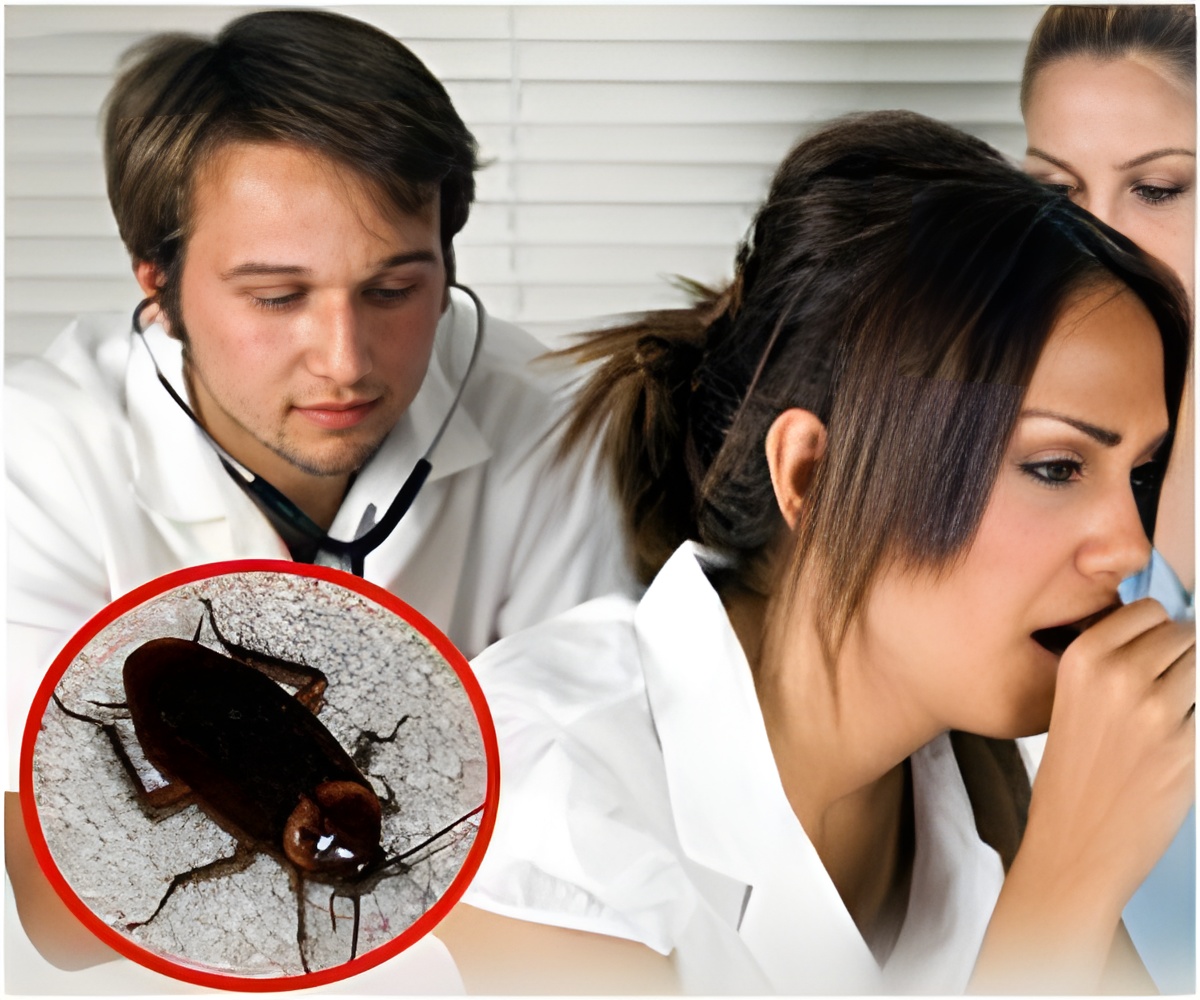
This report, titled International Consensus (ICON) on Hereditary and Acquired Angioedema, was released today during the Annual Scientific Meeting of the American College of Allergy, Asthma and Immunology (ACAAI) in Anaheim, Calif. It is the latest ICON from the International Collaboration in Asthma, Allergy and Immunology (iCAALL), a joint project of the ACAAI, the American Academy of Allergy, Asthma & Immunology (AAAAI), the European Academy of Allergy and Clinical Immunology (EAACI) and the World Allergy Organization (WAO).
"There is an international lack of understanding, consensus-driven information and general recommendations for angioedema," said David M. Lang, M.D., chair of the ICON Hereditary and Acquired Angioedema and ACAAI Fellow. "This ICON report will help ensure the proper diagnosis and management of hereditary and acquired angioedema, while helping patients with these conditions find relief and live healthy, active lifestyles."
Angioedema is similar to urticaria (hives) since the two conditions have a similar mechanism. However, swelling caused by angioedema is below the surface of the skin, sometimes in addition to above-surface welts. Some forms of angioedema are hereditary. A more common form of angioedema may occur in a subgroup of patients taking ACE inhibitors, a class of medications commonly prescribed for patients with high blood pressure of heart conditions.
Symptoms experienced by patients with angioedema may include swollen eyes and mouth, swelling of the hands and feet, difficulty breathing, stomach cramping, or the swelling of the lining of the eyes. For patients with hereditary or acquired angioedema, symptoms may occur after trauma in association with infections, an allergic reaction or with other illnesses.
The full report will be published in the December issue of Annals of Allergy, Asthma and Immunology. To receive a digital copy of the report, please contact the ACAAI media department at [email protected] or (847) 427-1200.
Advertisement
American Academy of Allergy, Asthma & Immunology (AAAAI)"Skin conditions are one of the most common forms of allergy treated and managed by an allergist/immunologist, and this ICON draws upon that expertise," said A. Wesley Burks, M.D., FAAAAI, president of the American Academy of Allergy, Asthma & Immunology. "Considering the potential for misdiagnosis of angioedema and the varied allergic and nonallergic causes, using the report''s recommendations of best clinical practices for diagnosing and managing all its forms will help allergist/immunologists and other healthcare providers ensure optimal care for their patients."
Advertisement
European Academy of Allergy and Clinical Immunology (EAACI)"The (ICON) on Hereditary and Acquired Angioedema will improve the patient''s quality of life as they will be properly diagnosed. A comprehensive approach was needed for effective treatment and to avoid misdiagnosis," said Professor Werner Aberer, co-author and member of the EAACI Dermatology Section. "This document will serve as a resource and to support physicians and other healthcare providers in caring for patients with allergic and immunologic disorders," added Professor Marcus Maurer also co-author and member of the EAACI Dermatology Section.
World Allergy Organization (WAO)"Hereditary and acquired angioedema are rare but serious diseases. The rarity of the disease, along with the lack of a general understanding about the disease, due to inadequate allergy training in many countries, adds to the extent of misdiagnosis and improper treatment. In addition, the unpredictable nature and severity of HAE leads to a significant socio-economic burden for the patients and their families," said Professor Ruby Pawankar, president of the World Allergy Organization. "We believe that this ICON will serve to promote better diagnosis and management of angioedema on a global scale."
Source-Newswise









